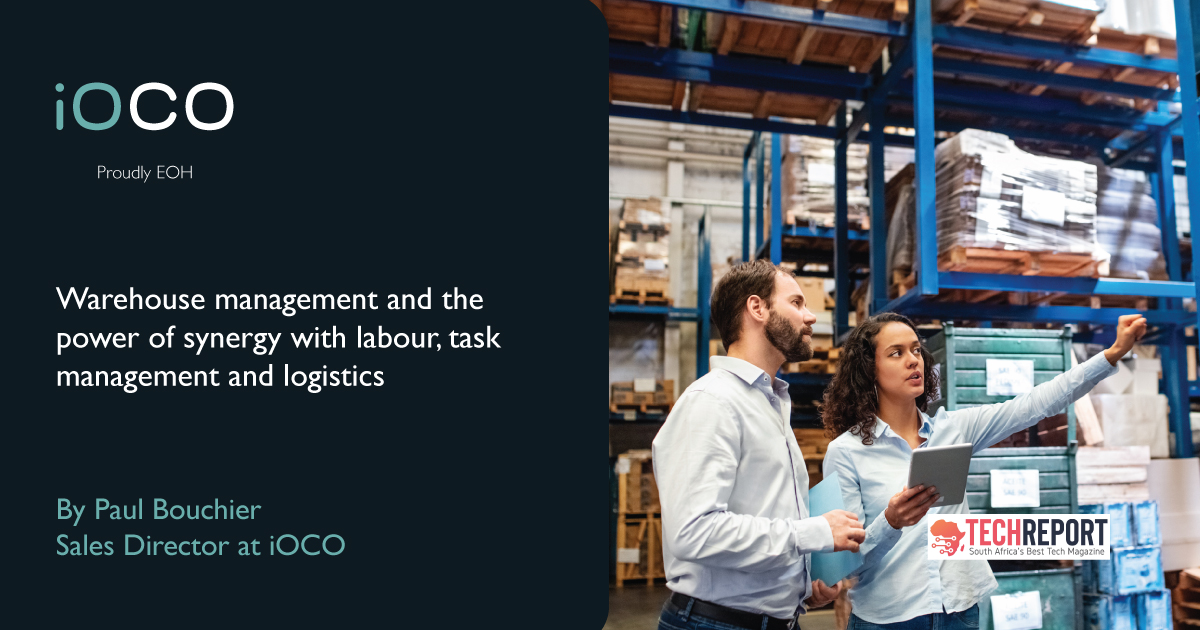In the past, effective control, communication, and coordination were enough for warehouse management to find great success. While these are still critical, today, warehouse management systems (WMS) must deliver agility and usability to yield real results.
In a world that thrives on instant gratification, customers have heightened expectations around service and value. There is no room for negotiation when it comes to availability, cost, and speed. Businesses must deliver all three consistently and simultaneously. According to Infor, market dynamics, evolving product portfolios, growing complexity, and a changing labour force challenge companies to leverage automation and better utilise assets to fuel profitable growth.
“Modern warehouses must run on an advanced WMS which combines core warehouse functionality with labour management, task management, wave management, and third-party logistics (3PL) management on one highly configurable, scalable database,” confirms Paul Bouchier, Sales Director at iOCO, within iOCO Software Distribution, an Infor Gold Partner. “When this is combined with a contemporary user interface, open API framework, and advanced features such as Web RF, 3D visual warehousing, and voice processing, the business is empowered to manage multiple channels (B2B/B2C) from a single warehouse.”
With an intuitive solution that delivers on unified approach, businesses can holistically assess requirements, incorporate value-added services, prioritise tasks, and eliminate bottlenecks. “This effectively means order fulfillment is perfected, while improving throughput and costs. Now, when speed and accuracy are critical to customer satisfaction, businesses heavily rely on their warehouses to keep the supply chain moving. To achieve this their WMS must give unprecedented visibility into inventory, orders, equipment, and people,” adds Bouchier.
As a mission-critical function of the supply chain, warehouse operations must continue to evolve to changing business models to meet fulfillment needs for both B2B and B2C customers. Current best practices require warehouses devise and implement improved strategies to help drive operational excellence across the organisation’s distribution network.
To succeed, warehouses must deploy a WMS that supports omni-channel commerce from a single site, drives efficiencies that decrease logistics and fulfilment costs, empower the business to meet increasing customer service level demands, enhance inventory tracking, and optimise resource utilisation. “This may sound like a tall order – but it is all possible with innovative solutions that offer increased integrated warehouse automation, and more. With better visibility of the facility, inventory management is improved and streamlined, bottlenecks avoided, best practices achieved, and customers are left satisfied at every interaction,” he concludes.



